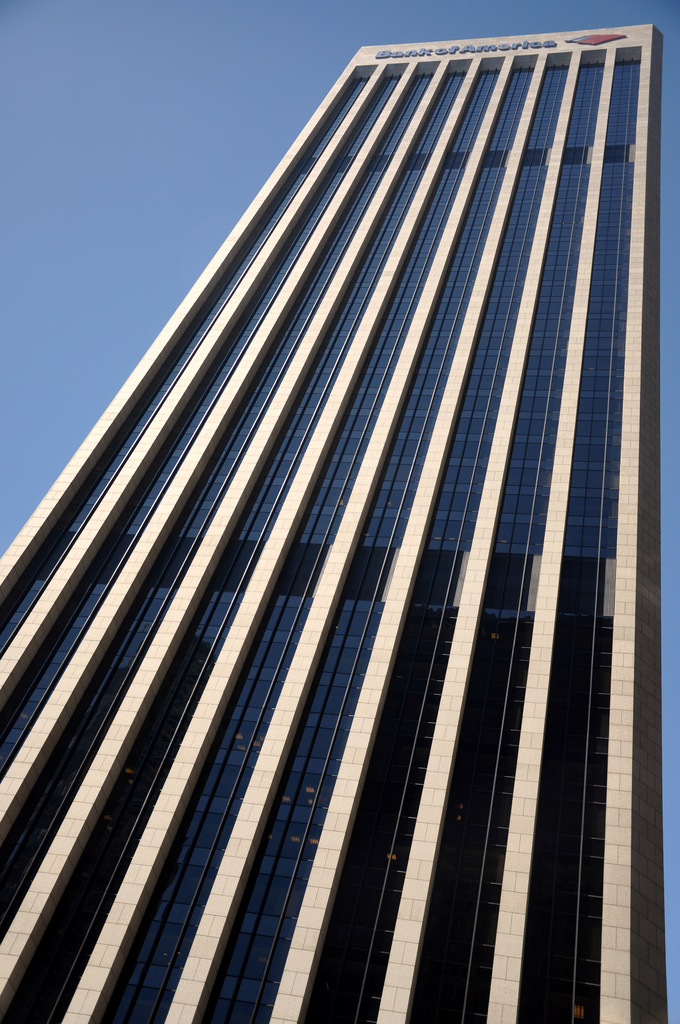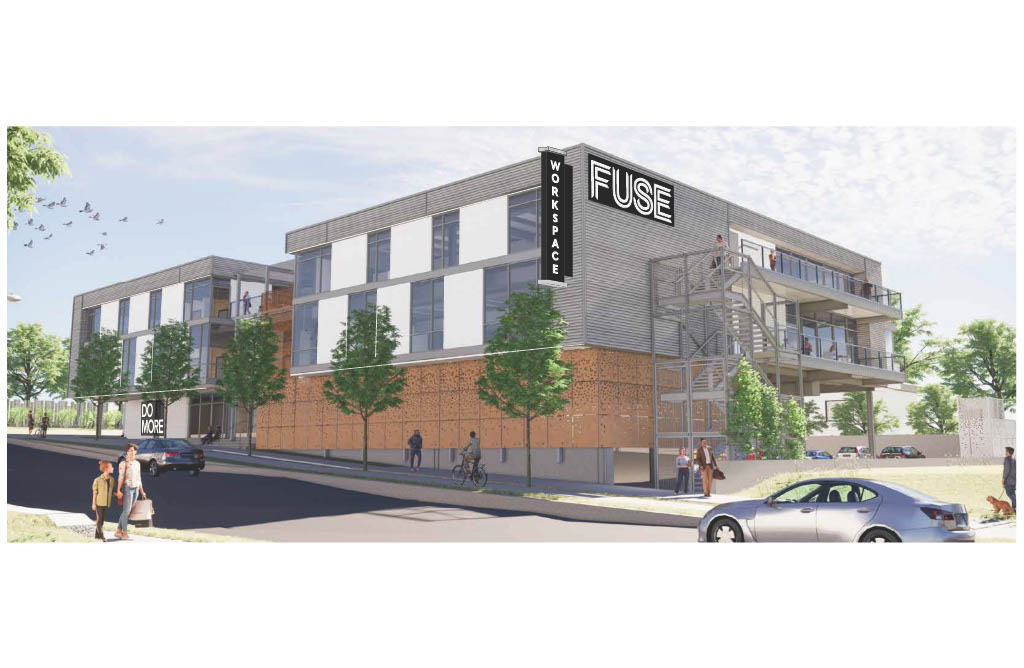Economy Watch: No QE3, CRE Prices Slide
The Federal Reserve acknowledged common knowledge after the conclusion of the Federal Open Market Committee meeting: Namely, that U.S. economic growth is slower than expected and labor market indicators "have been weaker than anticipated," according to the FOMC statement.
June 23, 2011
By Dees Stribling, Contributing Editor
The Federal Reserve acknowledged common knowledge after the conclusion of the Federal Open Market Committee meeting: Namely, that U.S. economic growth is slower than expected and labor market indicators “have been weaker than anticipated,” according to the FOMC statement. “The slower pace of the recovery reflects in part factors that are likely to be temporary, including the damping effect of higher food and energy prices on consumer purchasing power and spending, as well as supply chain disruptions associated with the tragic events in Japan.”
After the FOMC meeting, Bernanke effectively nixed talk of QE3 (in roundabout central banker talk) and told reporters that “we don’t have a precise read on why this slower pace of growth is persisting.” He also said that “we have an awful lot of uncertainty right now about how much of the slowdown is temporary, how much is permanent. So that would suggest, all else being equal, that a little bit of time to see what’s going to happen is–would be useful–in making policy decisions.”
The Fed fund rate will remain between 0 percent and 0.25 percent, where it’s been since the Panic of 2008, and the central bank also confirmed that it’s going to maintain its balance sheet for now. Currently, the Fed has about $2.8 trillion on its balance sheet, and as securities that it holds mature, it will reinvest. But that doesn’t mean QE3 is in the offing, even though the legacy of QE2 will be with the central bank for quite a while.
Moody’s Reports That CRE Prices Slide Again
Moody’s Investors Service said on Wednesday that the Moody’s/REAL Commercial Property Price Index dropped 3.7 percent from March to April, and was down 13 percent compared with April 2010. It was the fifth month in a row that CRE prices declined in Moody’s reckoning, bringing them to 49 percent below peak in Oct. 2007, and down to around Dec. 2000 levels.
Prices reflect a lumpy market for CRE. “In a case of the strong getting stronger and the weak getting weaker, major asset/major market prices have recovered more than half of their post-peak losses, while prices for distressed transactions continue to bounce around the bottom,” Moody’s said in the report.
Roughly 30 percent of all U.S. commercial property transactions in April involved distressed properties, which according to Moody’s means assets across the spectrum of bad financial trouble, in which a default, foreclosure proceeding or bankruptcy of the owner has already occurred. Distressed CRE has formed at least a fifth of all sales for almost a year and a half now.
FHFA Sees Uptick in Housing Prices
The Federal Housing Finance Agency said on Wednesday that its monthly house price index edged up 0.8 percent from March to April, the first increase of any kind since May 2010. For the 12 months ending in April, U.S. prices fell 5.7 percent, and the index is 19.3 percent below its April 2007 peak, roughly the same as the January 2004 level.
The FHFA monthly index is calculated using purchase prices of houses whose mortgages have been sold to or guaranteed by Fannie Mae or Freddie Mac, which is a large sample size but not the whole market. Broader measures, such as the most recent Case-Shiller index, still assert that housing prices are once again in freefall.
Wall Street took a small dive on Wednesday, with the Dow Jones Industrial Average losing 80.34 points, or 0.66 percent. The S&P 500 lost 0.65 percent, while the Nasdaq was down 0.67 percent.








You must be logged in to post a comment.